Garlic Growth Stages
Garlic, a culinary staple known for its rich, pungent flavor, is a rewarding plant to cultivate at home. I will delve into the garlic growth stages, from the initial clove to the mature bulb, and explore the conditions that promote optimal growth. I’ll also discuss the different garlic varieties that thrive in various climates as we have discussed for Onions in Onion Growth Stages!!
Grow Your Own Garlic
Flavor Beyond Compare
Homegrown garlic offers a distinctive taste that surpasses store-bought alternatives. The freshness of homegrown garlic can elevate your culinary experiences, providing a depth of flavor that is hard to match.
Space-Friendly Cultivation
Contrary to popular belief, I think mature garlic plant does not require vast gardening spaces. With the right strategies, I was able to cultivate a bountiful garlic harvest even in limited space. This makes it an ideal choice for urban gardeners or those with small yards.
For more information more about gardening you can visit: Prickly Pear Cactus Growth Stages
Garlic Growth Stages
1. Clove Selection
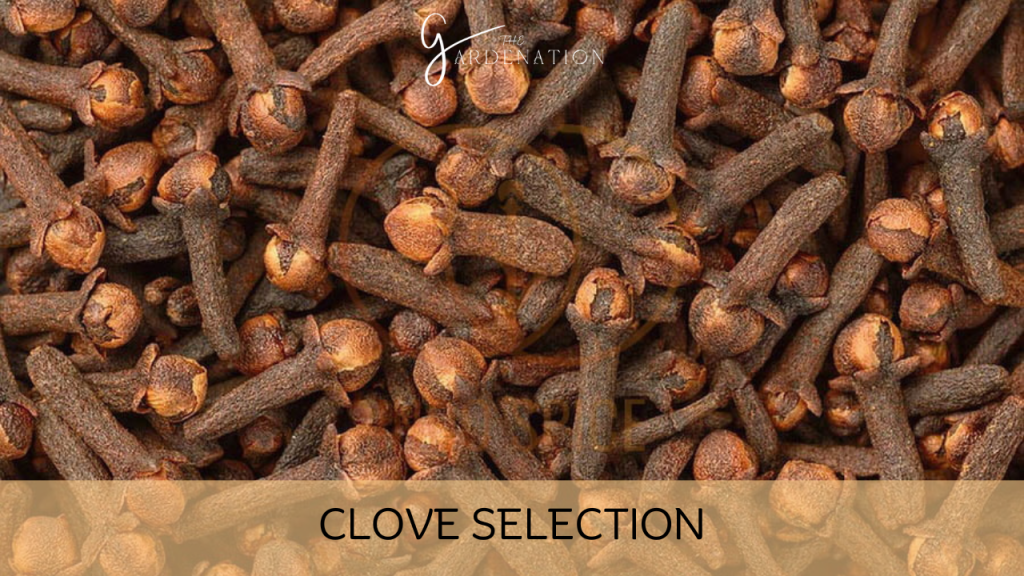
Cloves play a crucial role in garlic propagation. It’s important to differentiate between grocery store cloves and specially harvested “seed garlic.” Not every clove has the potential to develop into a new bulb unless provided with the right temperature and nutrients.
Garlic propagation starts with large, plump cloves specially harvested for planting called “seed garlic”. Grocery store garlic may not grow properly or form good bulbs. I select the biggest, healthiest cloves from the best plants in my garden to plant for next year’s crop.
2. Vernalization
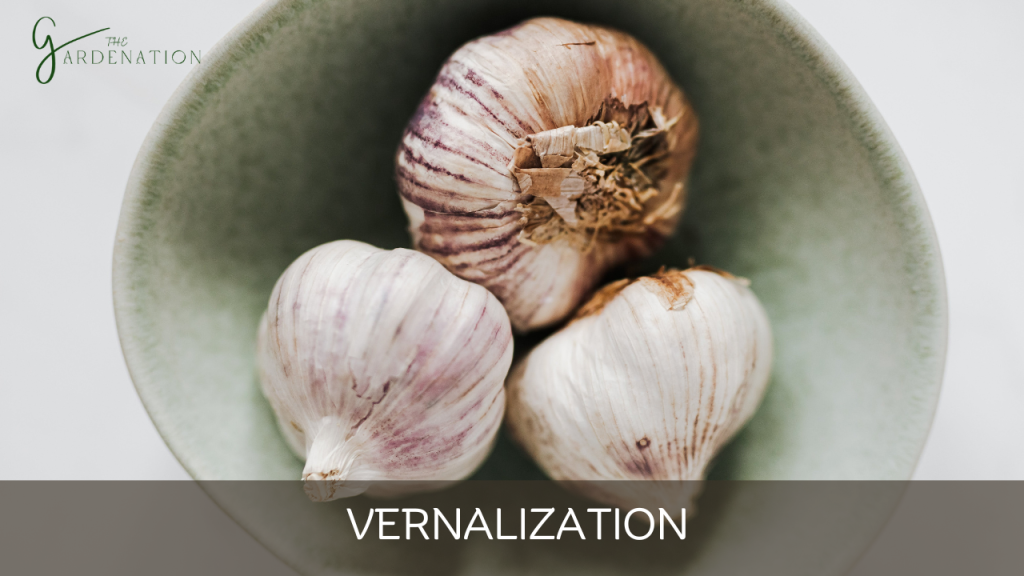
Garlic vernalization refers to the role of cold exposure in triggering bulb development. This garlic growing period of cold is essential for garlic to grow to its full potential. Garlic needs 6-8 weeks of temperatures below 40°F to stimulate bulb development after planting.
This cold garlic growing period kickstarts the growth process, ensuring the stems elongate and bulbs swell fully. Insufficient chilling results in stunted plants unable to form mature cloves.
3. Germination
Also checkout!! Germination period of Avocados Growth stages here.
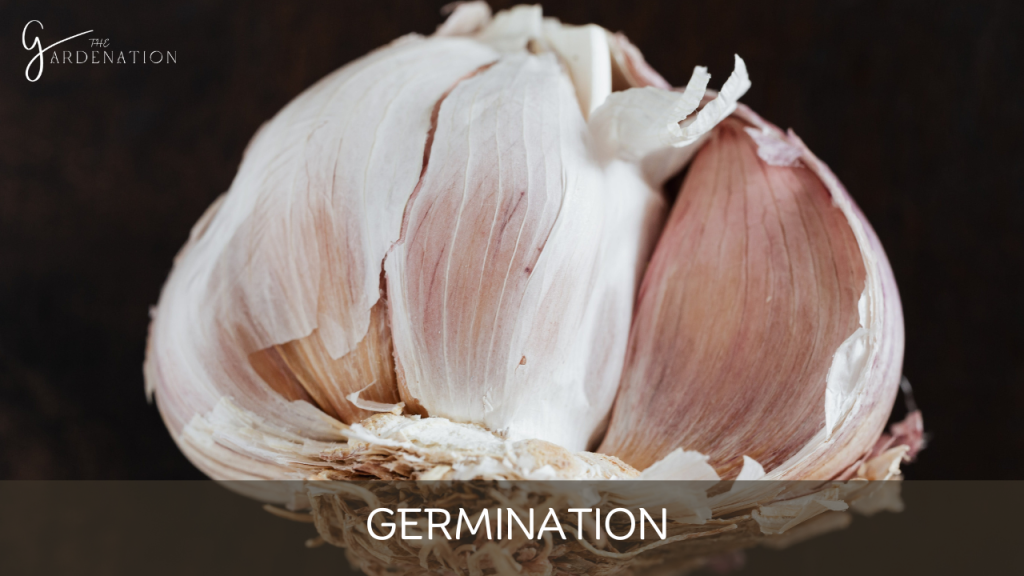
The germination stage of growing garlic normally lasts 1-2 months after sowing the seeds. When the garlic germinates, I could often see tiny green leaves stretching from the soil. Once planted, garlic takes 1-2 months to sprout depending on soil temperature and variety.
When ready, a tiny green shoot pokes through the soil. Soon the first blade-like leaves unfold indicating the seed clove transformed into a growing plant that will continue developing below ground as well.
4. Green Garlic/Spring Garlic
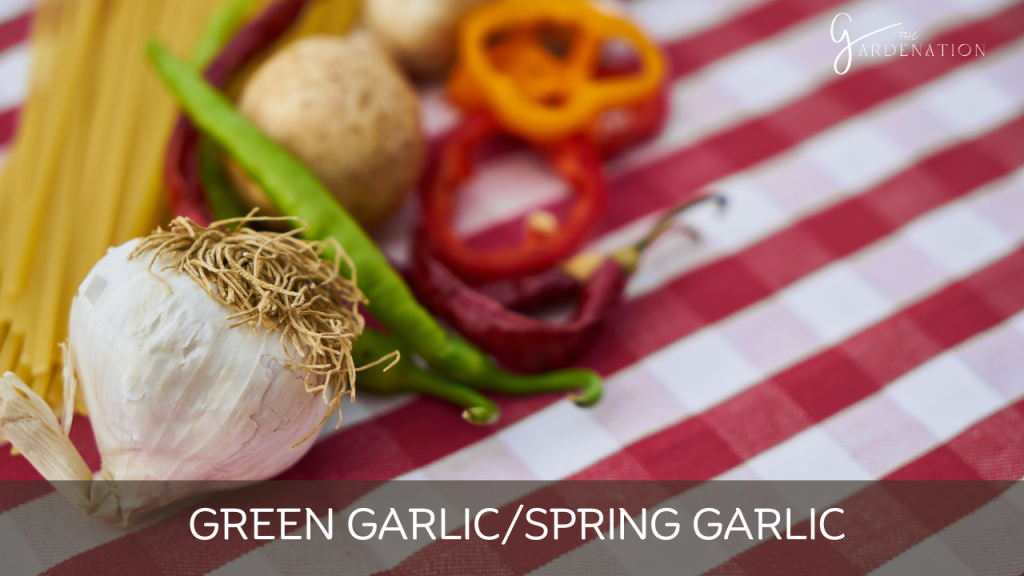
About 7 months after planting, the garlic plant enters the “green garlic” or “spring garlic” stage. This is when the plant begins to mature and develop its characteristic flavor. Around 7 months after fall planting, garlic forms small but tasty underdeveloped bulbs called green garlic or spring garlic.
I harvest a few plants early at this stage to enjoy the immature cloves and stems. Then, I allow the rest to finish maturing for full sized bulbs. Both garlic growth stages have a milder garlic flavor.
5. Scapes
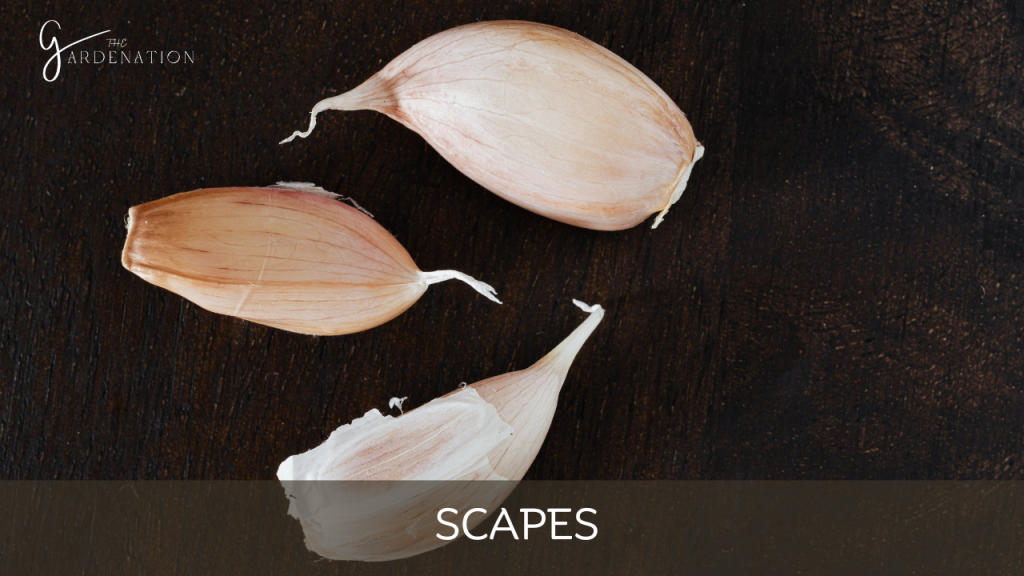
Garlic scapes are the flower stalks that emerge from hardneck garlic varieties. They can be harvested and consumed, and removing them can increase the size of the bulbs. About a month before mature bulbs form underground, curly green flower stems called scapes emerge from hardneck garlic varieties.
Removing them redistributes energy into the enlarging bulbs boosting their size. I cook up this garlic delicacy or use in pesto!
Scapes must be cut to maximize yields.
6. Young Bulbs
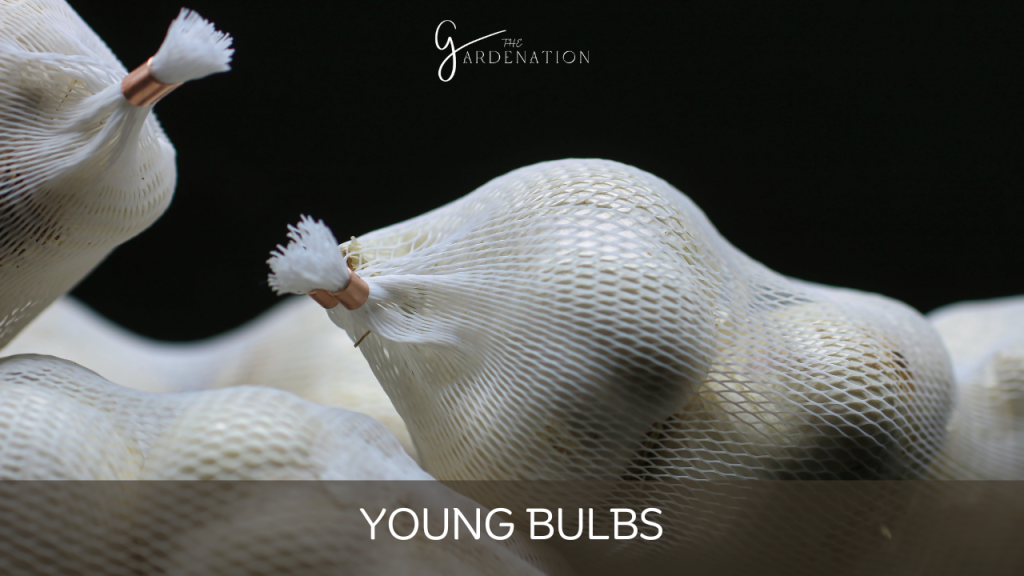
As the plant continues to grow, young bulbs begin to form. These bulbs will eventually mature into the garlic bulbs we are familiar with. Below soil level, the bulb begins swelling midseason, signifying satisfactory leaf development to fuel bulb growth.
Gradually the true bulb expands, eventually showing through the ground when cracking it with your finger. I try to take care and not disturb roots or expose developing cloves to sunlight which can cause undesirable greening.
7. Mature Bulbs
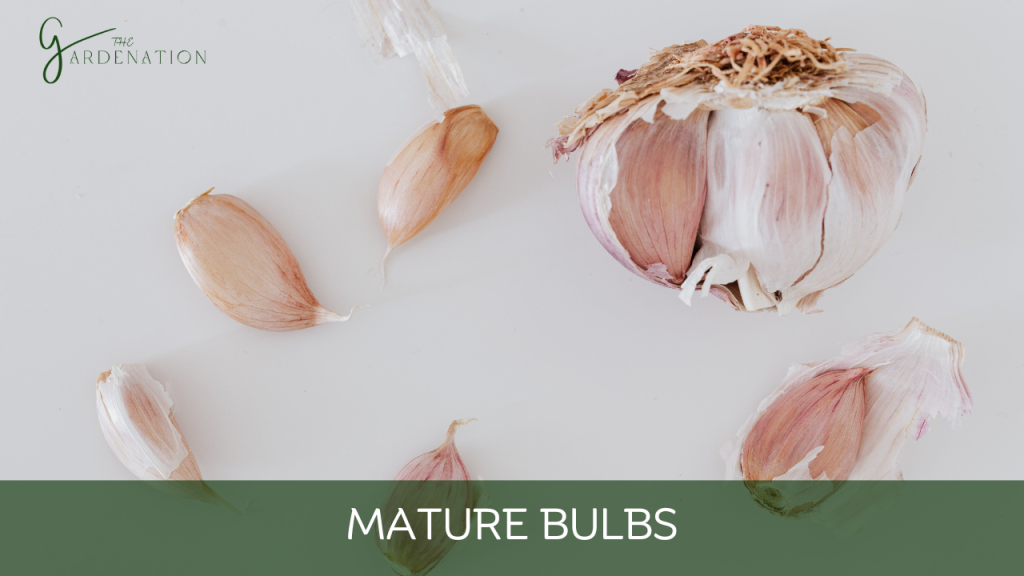
Mature bulbs have stout upright stalks with fleshy leaves and are enveloped in pink, and even purple papery skins. When they reach maturity, the leaves will slowly begin to yellow, signaling that it’s time to harvest.
Mature garlic plants boast multiple large, tightly wrapped cloves enveloped by a pinkish-white papery outer skin. Upright stalks support 6-12 grassy leaves.
As lower leaves yellow indicating senescence, use extra irrigation and fertilizer driving last minute growth before gathering bulbs when half the foliage remains green.
Conditions for Growing Garlic
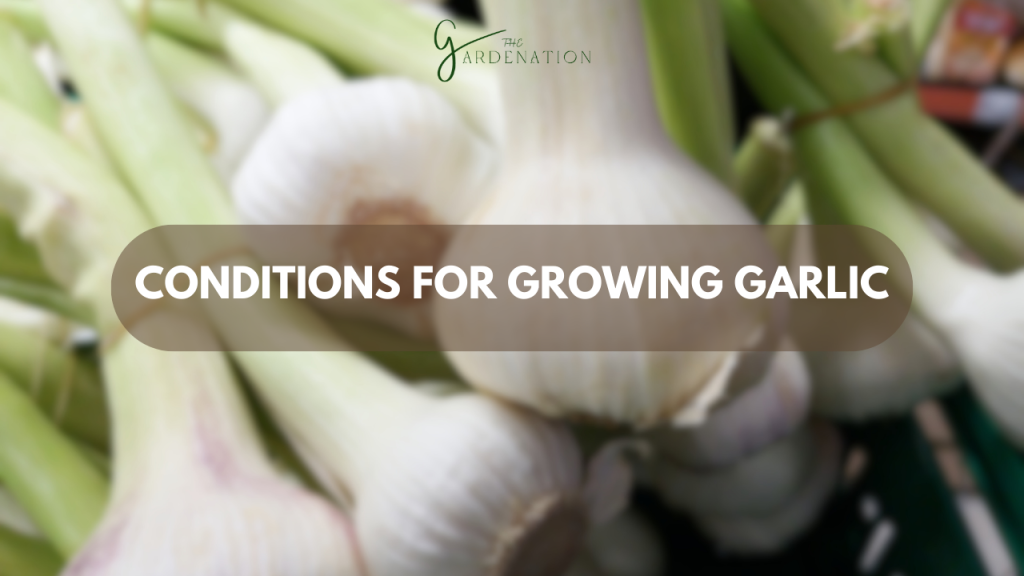
The Allium Family
Garlic belongs to the Allium family, which includes onions and chives. Not only are the bulbs edible, but the leaves of mature garlic plants can also be harvested and consumed, adding another dimension to your culinary creations.
Seasonal Planting
Garlic thrives in cool weather. Planting garlic in the fall or winter allows it to experience a garlic growing period of garlic vernalization, which is crucial for bulb development. The first sprouts appear when the weather warms up in the spring, leading to a summer harvest.
Sunlight and Soil Essentials
Garlic requires optimal sunlight exposure for robust growth. Loose, well-draining soil plays a critical role in healthy bulb formation. Garlic grows best in fertile, well-drained soil with a near-neutral pH
Container Gardening Tips
Raised beds and large pots can be effectively used for successful garlic cultivation. Container gardening strategies can help overcome soil challenges, making it possible to grow mature garlic plants in a variety of settings.
Soil pH and Fertilization
The ideal pH range for garlic cultivation is between 6.0 and 7.0. Fertilization practices should be designed to meet the nitrogen demands of mature garlic plant, which are essential for their growth and development.
Watering Wisdom
A balanced approach to watering is crucial for optimal bulb formation. I use deep watering techniques which can nurture mature garlic plants, ensuring they receive the moisture they need without becoming waterlogged.
When to Harvest Garlic
Visual Cues
Garlic is typically ready to harvest when the bottom leaves start to yellow and the top leaves are still green. This usually happens about 3 to 4 weeks after the garlic scapes (flower stalks) have formed.
The exact timing can vary depending on the variety of garlic and the growing conditions.
When the garlic is mature, the bulbs will be divided into distinct cloves and the skin covering the outside of the bulbs will be thick, dry, and papery.
If left in the ground too long, the bulbs can split open, which can reduce their storage life.It’s crucial to time the harvest correctly, as harvesting too early can result in underdeveloped bulbs, while harvesting too late can lead to separated or rotten bulbs
Harvesting Techniques
To determine if your garlic is ready to harvest, you can dig up a sample bulb and check its development. The bulb should be firm and the cloves should be well-defined.
When harvesting, carefully lift the bulbs with a garden fork or spade, taking care not to damage them. After harvesting, let the bulbs cure (dry) in a well-ventilated area out of direct sunlight for about two weeks. This allows the skins to harden and extends the storage life.
It’s recommended to dig up a sample plant to determine readiness, as the stalks can break if you try to pull the garlic out of the ground.
After harvesting, keep the garlic in the shade and away from sunlight to prevent damage.
Varieties of Garlic
Hardneck Garlic
Hardneck garlic is ideal for cool climates and is characterized by a thick central stalk. This variety produces scapes, which are edible flower stalks.
Removing the scapes can help the plant direct more energy into bulb growth. Hardneck garlic is known for its robust flavor and generally produces fewer, but larger, cloves than softneck varieties.
Hardneck garlic falls into several groups, including Rocambole, Purple Stripe, and Porcelain, each with distinct characteristics.
However, hardneck garlic has a shorter shelf life than softneck garlic, lasting only 3 to 5 months in storage after harvesting.
Softneck Garlic
Softneck garlic thrives in warmer climates and has flexible leaves instead of a central stalk. This is the type of garlic most commonly found in grocery stores.
Softneck varieties tend to produce more cloves than hardneck varieties, but the cloves are often smaller. It produces more cloves than hardneck garlic but has a milder flavor.
Soft neck garlic varieties mature faster and their bulbs store longer. I try to properly store bulbs in cool dry environments so they can last for a long time
Elephant Garlic
Elephant garlic is a distinct variety that looks like a giant garlic bulb but is more closely related to leeks.
It has a milder flavor profile and can be grown in full or partial sun. It’s similar to true garlic in terms of cultivation, but it usually produces fewer cloves per bulb.
Elephant garlic can be harvested in early spring like green onions and sautéed as a side dish, or it can be allowed to mature until mid-July when it becomes a bulb with cloves.
Elephant garlic is a biennial plant, meaning it completes the garlic life cycle in two growing seasons. In the first year, the plant typically produces a single bulb, which divides into multiple separate cloves in the second year.
Frequently Asked Questions
How long does garlic take to grow?
Fall sown garlic can take 9 to 10 months to fully mature. Late winter/early spring sown cloves will be ready for harvest in 5 to 6 months.
How do you know when garlic is ready to harvest?
Signs that your bulbs are ready to harvest are 3 to 4 weeks after garlic scapes have formed, when stems are flowering, and/or when one-third to half the leaves have turned yellow.
What is the ideal pH for growing garlic?
The ideal pH range for garlic cultivation is between 6.0 and 7.0.
Can garlic be grown in containers?
Yes, garlic can be successfully grown in containers such as large pots or raised beds.
What are the watering requirements for garlic?
Garlic likes its soil moist and should receive around an inch of water per week, with a slight increase if the weather is especially warm.
Conclusion:
Growing garlic is a fulfilling endeavor that rewards gardeners with a rich harvest of flavorful bulbs, each variety offering its own unique taste and culinary potential. By understanding the visual cues and mastering the harvesting techniques, you can ensure that your garlic is picked at the perfect time for maximum flavor and longevity. Whether you choose the robust hardneck, the versatile softneck, or the milder elephant garlic, each type brings its own charm to the garden and the kitchen.
As I nurtured my garlic from clove to mature bulb, I have gained a deeper appreciation for the growth process and the factors that contribute to a successful yield. Remember, the key to unlocking the full potential of your garlic lies in careful selection, proper garlic vernalization, and attentive care throughout the garlic growth stages.
With patience and practice, you can transform your culinary landscape with homegrown garlic that surpasses anything you might find at the store. So, embrace the journey from planting to plate, and enjoy the unparalleled taste of garlic, fresh from your own garden.

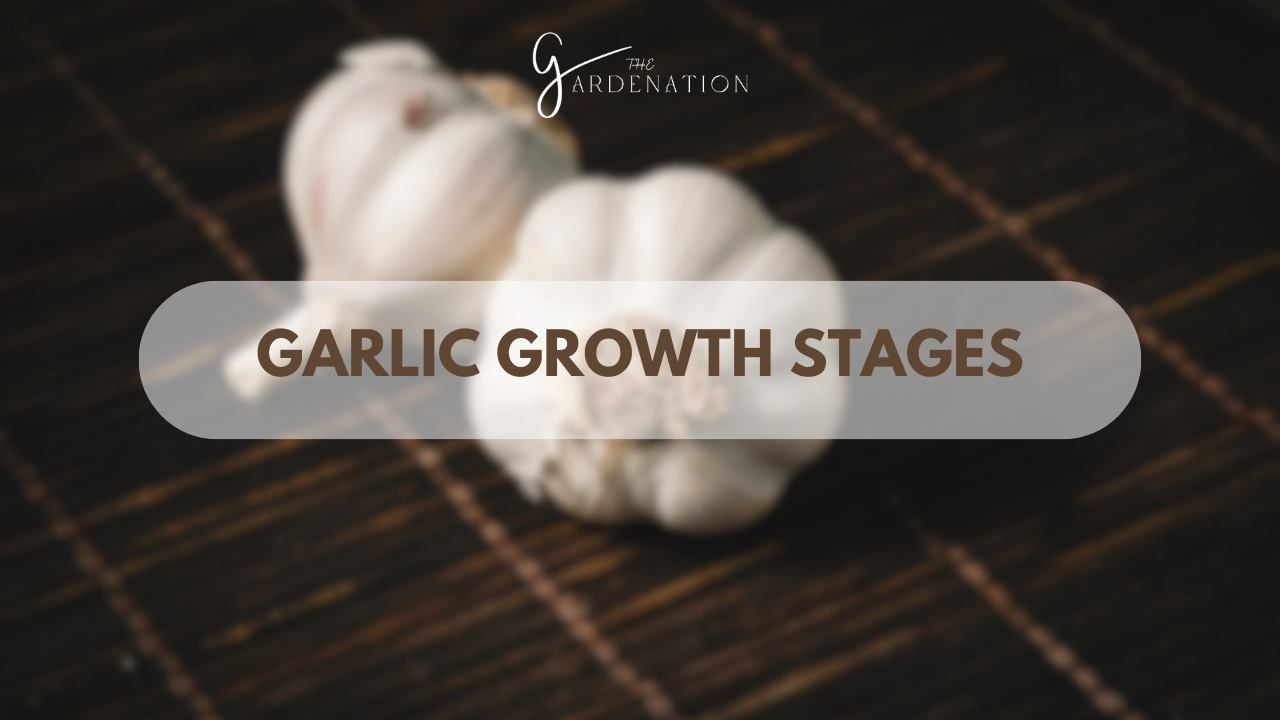
One Comment